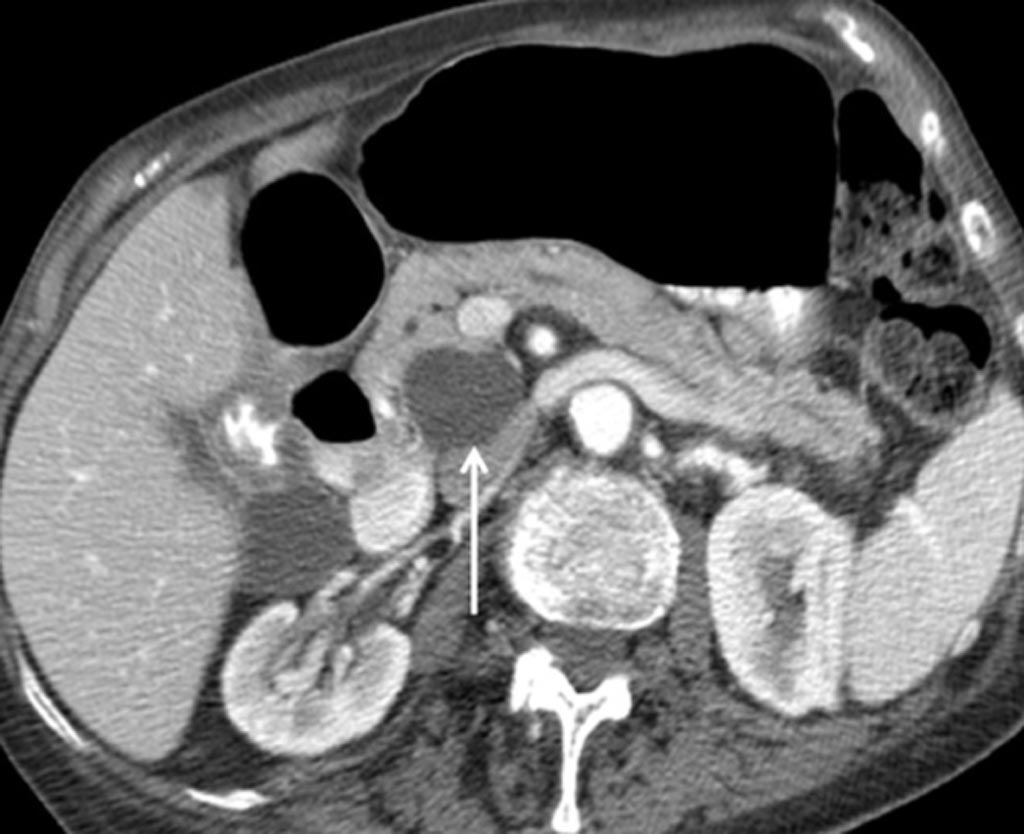Advanced Imaging Increases Incidentaloma Findings
By MedImaging International staff writers
Posted on 13 Aug 2018
High-resolution magnetic resonance imaging (MRI) and positron emission technology (PET) scans increasingly distinguish incidental abnormalities that once went undetected, claims a new study.Posted on 13 Aug 2018
Researchers at the University of Oxford (United Kingdom), Stanford University School of Medicine (CA, USA), and other institutions conducted an umbrella review of systematic reviews and meta-analyses of observational studies that reported prevalence of incidental abnormalities (incidentalomas) up to August 2017. An incidental imaging finding was defined as an imaging abnormality in a healthy, asymptomatic patient or an imaging abnormality in a symptomatic patient, where the abnormality was not apparently related to the patient’s symptoms.

Image: Cystic pancreatic incidentaloma in a 75-year-old woman with hematuria (Photo courtesy of NIH).
The prevalence of incidentalomas varied substantially between imaging tests; it was less than 5% for chest computed tomography (CT) for incidental pulmonary embolism in patients with and without cancer and for whole body PET or PET/CT, also for patients with and without cancer; in these situations, incidentalomas were often found in blood vessels. Conversely, incidentalomas occurred in more than a third of images in cardiac MRI, chest CT, and CT colonoscopy. Intermediate rates occurred with MRI of the spine (22%) and brain (22%).
The rate of malignancy in incidentalomas varied substantially between organs; prevalence of malignancy was less than one hundredth of one percent in the brain, and less than 5% in incidentalomas of the parotid and adrenal gland. Extra-colonic, prostatic, and colonic incidentalomas were malignant 10-20% of the time, whereas renal, thyroid, and ovarian incidentalomas were malignant 25% of the time. Breast incidentalomas had the highest percentage of malignancy (42%), followed by 28% of incidentalomas in the ovaries and 11% in the prostate. The study was published on June 18, 2018, in The BMJ.
“Computed tomography of the chest, computed tomography colonoscopy, and cardiac MRI imaging scans have the highest frequencies of detecting incidentalomas,” concluded lead author Jack O’Sullivan, MSc, of Oxford University, and colleagues. “This umbrella review will help clinicians and patients weigh up the pros and cons of requesting imaging scans, and will assist with management decisions after an incidentaloma diagnosis. Our results can underpin the creation of guidelines to assist clinicians and patients through these decisions.”
Related Links:
University of Oxford
Stanford University School of Medicine














